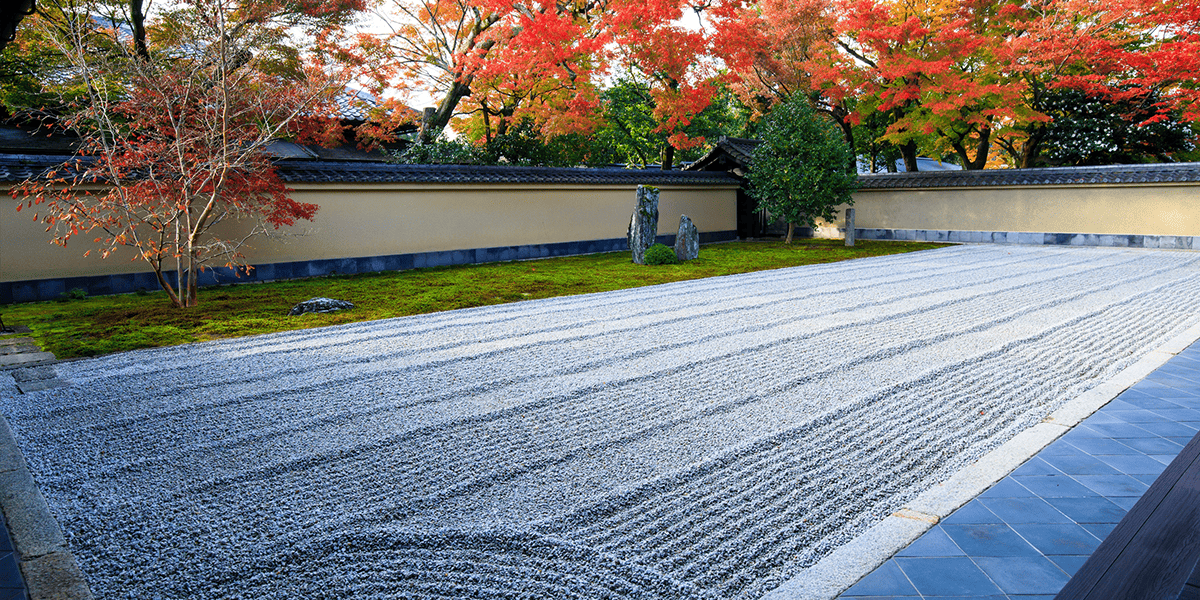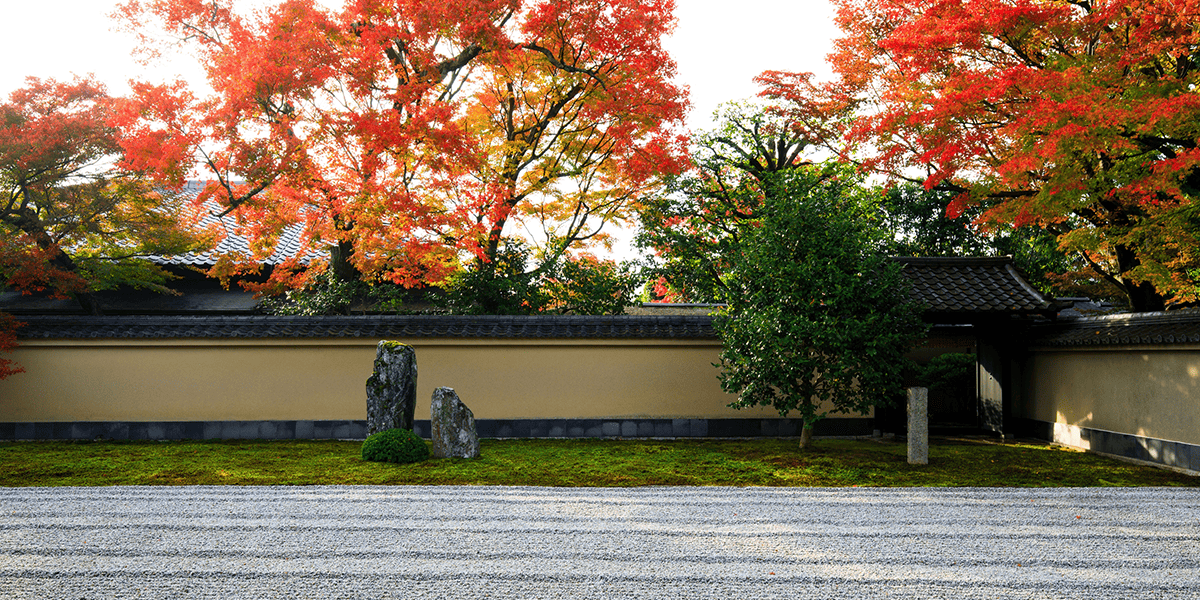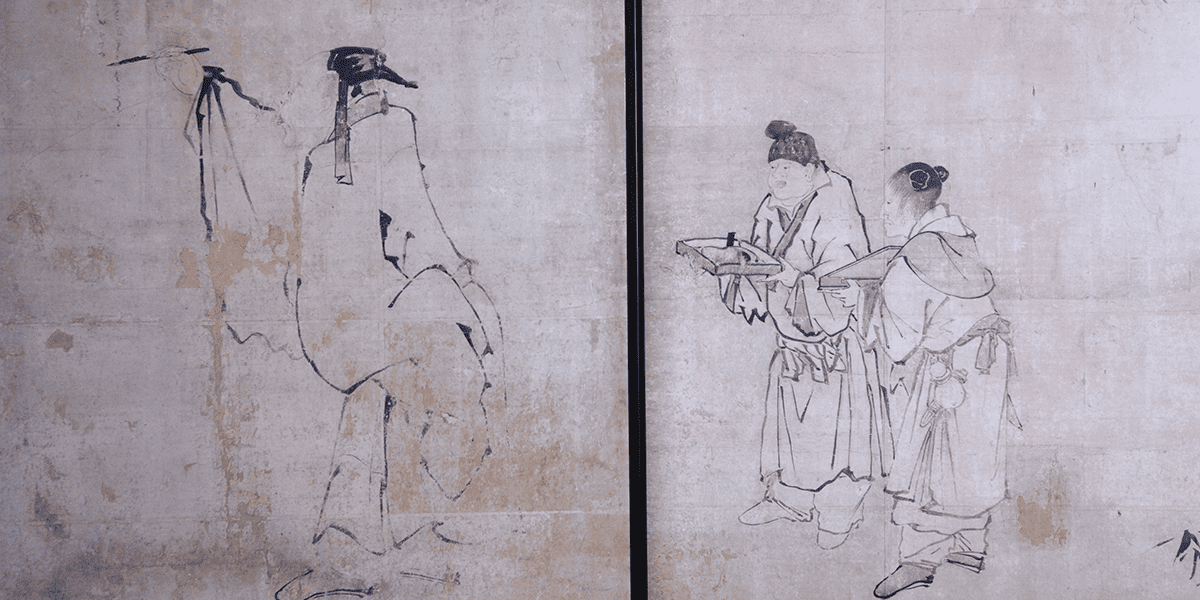Oubai-in, deeply connected to Sengoku-period warlords, captivates with its exquisite gardens,
including the moss garden linked to the tea master Sen no Rikyu.
Experience a moment where history and nature intertwine in serene beauty.
Daitoku-ji Oubai-in Temple
Highlights
HIGHLIGHTS
Jikichu-tei Garden, Designed by the Tea Master Sen no Rikyu
A dry landscape garden believed to have been designed by Sen no Rikyu. In this tranquil space, stones and moss are arranged to reflect Zen aesthetics and the "beauty of subtraction." It is a garden where nature and the mind are harmonized, embodying the spirit of the Japanese tea ceremony.
Sakumuken Tearoom, Favored by the Tea Master Takeno Jo'o
A tearoom that was cherished by Takeno Jo'o, a prominent tea master who influenced Sen no Rikyu. Its simple and quiet presence encapsulates the world of wabi-sabi, a Japanese aesthetic that finds beauty in imperfection and transience. It is a space where you can experience the spirit of ichi-go ichi-e, the principle that each moment and encounter is unique and cannot be replicated, embodying the essence of the Japanese tea ceremony.
*Please note that this view is no longer visible from the current angle.
*Please note that this view is no longer visible from the current angle.
Hato-tei Garden of the "Hojo" (Abbot’s Quarters)
A tranquil dry landscape garden woven with white sand and stones. Through the sound of the wind and the shifting shadows, this space evokes the spirit of Zen, offering a quietude that gently touches the heart.
Main Hall Sliding Doors, Painted by Unkoku Togan
A selection of reproductions of the striking sliding door paintings by Unkoku Togan, a renowned painter of the Momoyama period (1573–1615), is on display. The bold brushwork and varying ink tones bring a quiet sense of tension into the space. Through these paintings, one can connect with Japan’s beauty and spiritual depth.
Kuri (Temple Kitchen)
The kuri, once the living quarters of the monks, is the oldest surviving example of a kuri in a Zen temple in Japan. It conveys the craftsmanship and spirit passed down through generations, transcending time. Stepping into this extraordinary space offers a one-of-a-kind experience unique to this temple.






